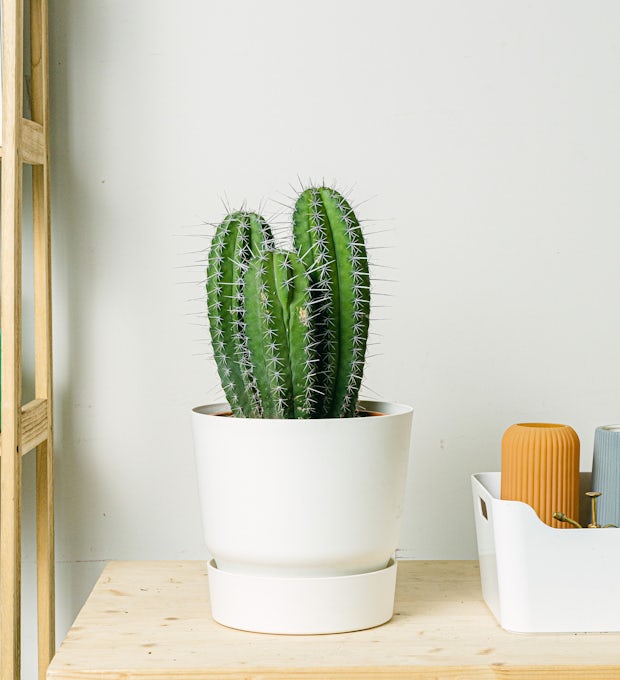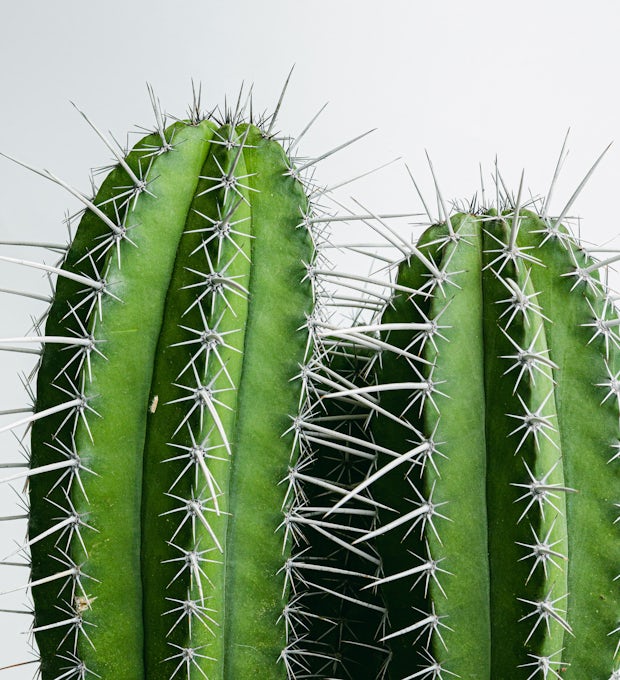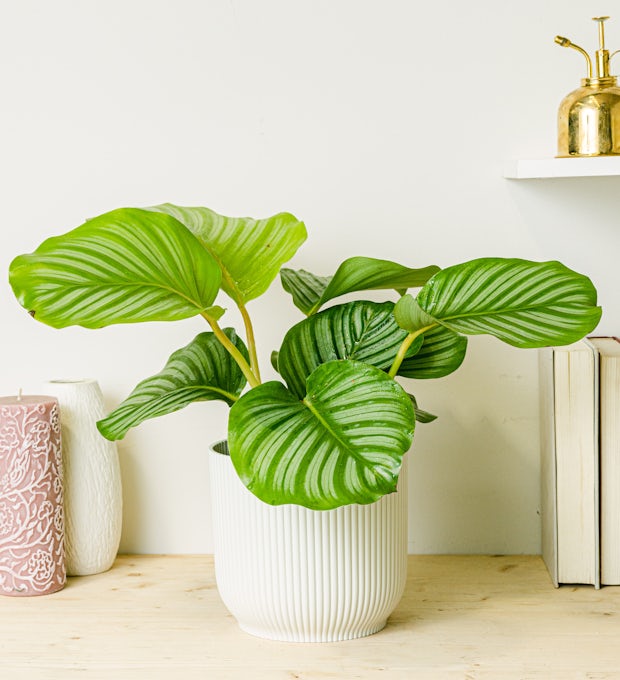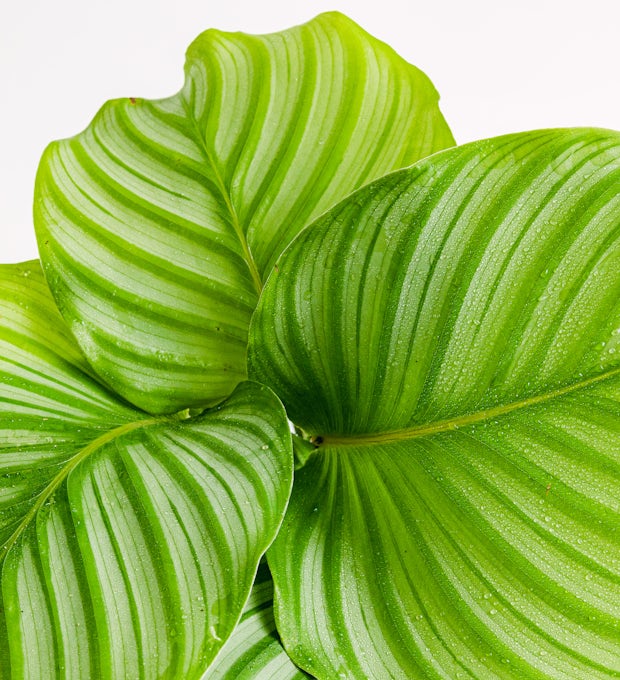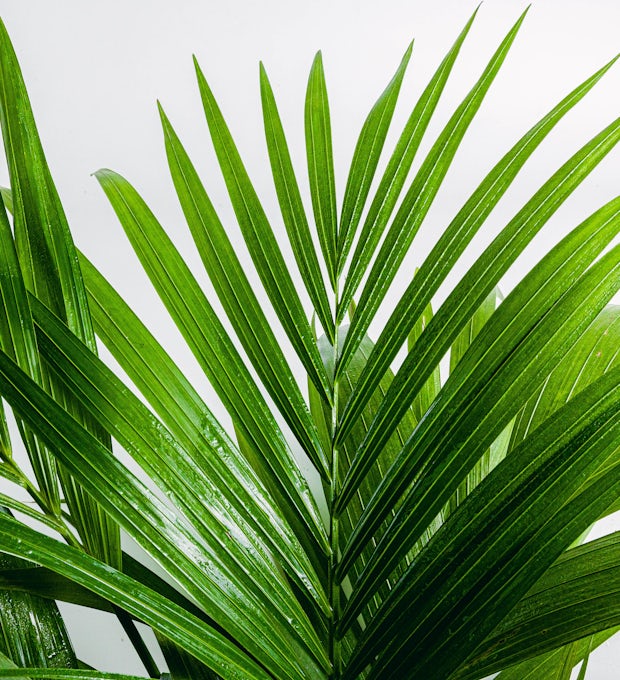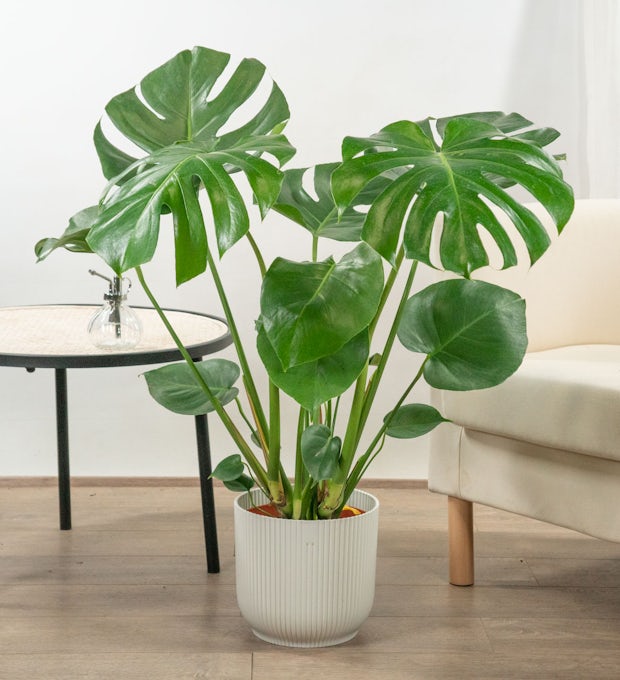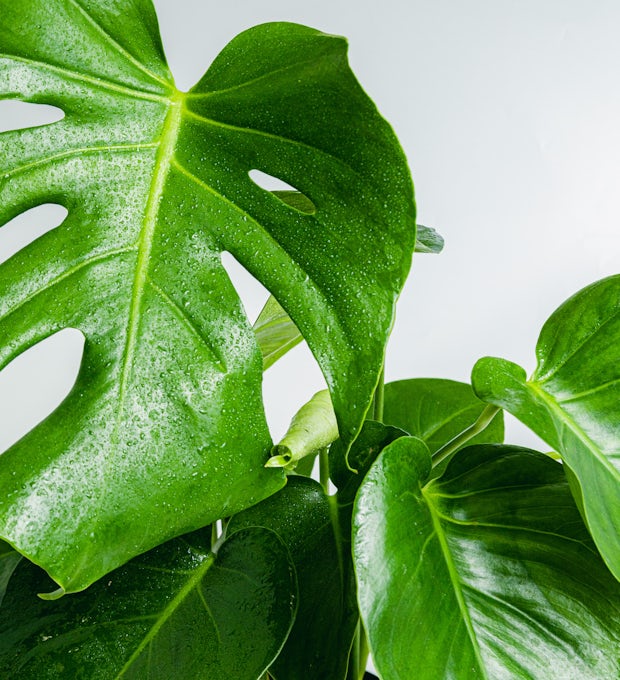As an avid gardener and plant enthusiast, I've spent years experimenting and learning about the best practices for Aloe Vera plant care.
In this article, I'll reveal the secrets to successfully growing and caring for these amazing plants.
From sunlight and water to temperature and humidity, I've discovered the key factors that contribute to optimal growth.
I'll also share tips on fertilizing, propagating, and troubleshooting common pests.
Get ready to unlock the secrets of thriving Aloe vera plants and enhance your gardening experience.
Botanical Name and Common Names
The botanical name for the aloe vera plant is Aloe barbadensis Miller, and it's also commonly known as aloe vera, medical aloe, or burn plant.
Aloe vera plants have a variety of uses, ranging from medicinal to skincare applications. The leaves of the aloe vera plant can be used for minor burns, skin irritations, hair masks, facial moisturizers, and shave gels. They can even be added to smoothies for their health benefits.
However, aloe vera plants aren't immune to pests. They can attract orange aphids and mealybugs, which can be controlled naturally. Additionally, if an aloe vera plant is growing sideways or flopping over, it may be due to natural growth behavior, low light levels, or overwatering.
Regular inspection and maintenance can help prevent pest infestations and troubleshoot any issues that may arise.
We ship plants to all locations, you can see more options here.
Size and Growth Rate
As we continue our exploration of aloe vera plant care, let's delve into the size and growth rate of these resilient plants.
Aloe vera plant size can vary depending on the pot size and growth conditions. Commonly sold in 4 and 6-inch pots, aloe vera can grow up to 18 x 18 inches as a houseplant.
The growth rate of aloe vera is slow to moderate indoors. It requires ample sunlight for healthy growth and pup production. Adequate sunlight ensures that the plant grows steadily and produces offsets or 'pups' at a desirable rate.
To promote optimal growth, aloe vera needs bright, natural light from a south or west exposure, but away from direct sunlight. Rotating the plant every 3-6 months ensures even lighting and prevents the plant from leaning towards the light source.
Aloe vera plants thrive when watered every 2-4 weeks, allowing excess water to drain out through the drainage holes. Overwatering should be avoided, as it can lead to root rot and hinder the growth rate of the plant.
Light and Exposure Requirements
To ensure optimal growth and health, aloe vera plants require appropriate light and exposure conditions.
Sunlight is crucial for the growth of aloe vera plants, but they should be positioned away from direct sunlight to prevent leaf burn. Aloe vera plants thrive in bright, natural light and benefit from a south or west exposure. Indoor aloe vera plants can maximize natural light by placing them near a window or in a well-lit area.
It's important to rotate the plant every 3-6 months to ensure even lighting and prevent the plant from leaning towards the light source.
We ship plants to all locations, you can see more options here.
Watering and Drainage Tips
Watering and ensuring proper drainage are essential for the thriving of aloe vera plants. Here are some tips to keep in mind:
Importance of proper watering: Aloe vera prefers less frequent watering rather than overwatering. It's recommended to water the plant every 2-4 weeks, allowing excess water to drain out through the drainage holes. Overwatering can lead to root rot, so it's crucial to avoid letting the plant sit in standing water.
How to prevent root rot: Proper drainage is key to preventing root rot in aloe vera plants. Make sure the pot has drainage holes at the bottom to allow excess water to escape. Additionally, using a succulent and cactus soil mix that promotes good drainage can help prevent water buildup around the roots.
Avoid overwatering: Aloe vera plants are drought-tolerant and prefer drier conditions. It's important to let the soil dry out between waterings to prevent waterlogged roots and potential rot.
Monitor moisture levels: Regularly check the moisture levels of the soil before watering. Stick your finger about an inch into the soil, and if it feels dry, it's time to water. If it's still moist, wait a few more days before watering again.
Temperature and Humidity Considerations
When it comes to growing thriving aloe vera plants, it's important to consider the temperature and humidity conditions they require. Aloe vera is adaptable to a wide range of temperatures, but it grows better in warmer conditions. The optimal temperature range for aloe vera plants is between 55°F and 80°F (13°C and 27°C). However, they can tolerate temperatures as low as 30°F (-1°C) for short periods.
Lack of humidity isn't a problem for aloe vera, as it can handle drier air. In fact, high humidity can lead to fungal diseases. If you live in an area with low humidity, you can increase the humidity around your aloe vera plants by placing a tray of water near them or using a humidifier.
Fertilizing, Propagation, and Repotting
For fertilizing, propagation, and repotting aloe vera plants, I recommend following these essential guidelines:
Fertilizing Techniques: Aloe vera plants don't require frequent fertilizing. It's best to feed them once a year in spring or early summer with a balanced, water-soluble fertilizer diluted to half strength. Avoid over-fertilizing, as it can lead to root burn and damage the plant.
Aloe Vera Pup Care: Aloe pups, the small plants that grow off the mother plant, can be easily propagated through removal and division. Wait until the pups are about one-third the size of the mother plant before separating them. Gently remove the pup from the base and plant it in a well-draining potting mix. water sparingly until roots are established.
Repotting: Transplant or repot Aloe vera every 3-5 years or when the roots start coming out of the drainage holes. Use a succulent and cactus soil mix for proper drainage. Choose a pot that's one size larger than the current one to allow room for growth. Handle the plant carefully to avoid damaging the leaves or roots.
Choosing the Right Pot and Soil
To ensure the healthy growth of your aloe vera plants, it's important to choose the right pot and soil.
When it comes to pots, terra cotta is often preferred for aloe vera plants due to its benefits. Terra cotta pots are porous, allowing for better airflow and moisture regulation. This helps prevent the soil from becoming waterlogged, which can lead to root rot. Additionally, terra cotta pots are heavier and more stable, providing support for the robust and strong root ball of aloe vera as it grows.
In terms of soil, creating a well-drained mix is crucial for aloe vera plants. You can achieve this by using a succulent and cactus soil mix, which is specifically designed to provide adequate drainage. It's important to avoid using regular potting soil, as it tends to retain too much moisture. To further enhance drainage, you can add perlite or sand to the soil mix. This will ensure that excess water can easily flow out through the drainage holes, preventing water buildup and potential damage to the roots.
Conclusion
In conclusion, by following the tips and techniques outlined in this article, you can ensure the thriving and healthy growth of your Aloe vera plants.
From providing the right amount of sunlight and water to understanding the ideal temperature and humidity conditions, as well as fertilizing, propagating, and repotting, you have the tools to care for your Aloe vera plants effectively.
Remember to choose the right pot and soil, and be prepared to address any pests or troubleshooting issues that may arise.
Enjoy the benefits and versatility of this remarkable plant in your gardening experience.
